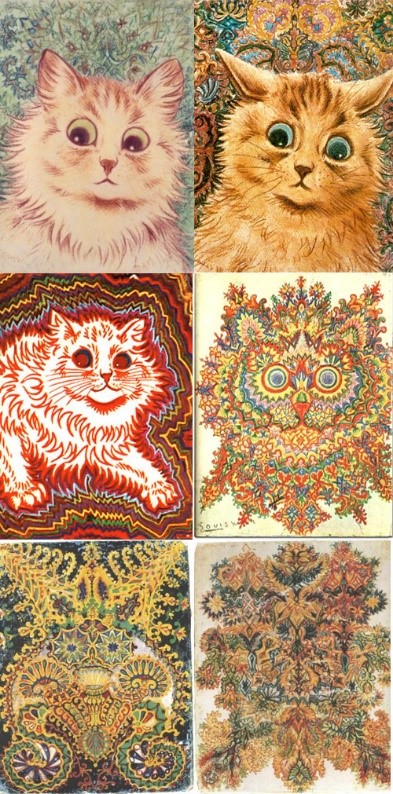The tortured artist, an artist that struggles (either within himself or against the world) and gains artistic talent from it, is an archetype that the western world has been familiar with for hundreds of years. Most often this encompasses mental illnesses that the artist suffers from, however it is important to question if the uphill battle with mental illness is always necessary to access true artistry.
To begin, an over representation of people with psychotic and depressive mental illnesses has been found in creative fields. A study (Zabelina, Condon, Beeman, 2014) has revealed a possible link that shows that clinical forms of psychotic disorders could be detrimental to the social success an artist may have, but a less debilitating form of illness can be beneficial. This came with a link to self-serving behaviors such as seeking attention, and thus infers that these psychotically linked behaviors can benefit artists in the public eye. This may be linked to the palatability of mental illness; people may be able to enjoy a sad, slightly deranged artist, but a visibly suffering victim is unlikely to be romanticized in the same way. A manic man creating a beautiful painting is what most may like to see,and a man on the brink of psychosis may be harder to romanticize. This could be due to a dramatic shift in the previous culture of sensationalized violence and fearmongering, as today’s media often portrays mental illness as “pretty” or “mysterious”. (Shrestha, 2018)( Rukavina, 2011)
The question stands, however, if the shift in perception of a mentally ill artist is intrinsic or external. Psychotic disorders such as schizophrenia can cause people to hallucinate, while depression can cause one to lose a sense of hope in general. Both would drastically change how an individual perceives the outside world. The series of paintings below illustrates Louis Wain’s struggle with alleged schizophrenia throughout his life, and although the chronological order in which they were painted is unknown, the shift in style is congruent in Wain’s later works. The loss of shape and the exaggeration of psychedelic colors was prevalent in his work when he was committed to asylum near the end of his life, and this progression could speak for itself when determining if his illness caused a shift in artistic preferences.

On the other hand, it is no secret that non-neurotypical people have been discriminated against for centuries. Historically, the human mind and the illnesses that may plague it have been largely misunderstood both by health professionals and the public. It would be unfair, though, to entirely dismiss the interaction that mistreatment of the individual and the perception changes brought on by illness have. This interaction could drastically affect the creativity of an artist.
All in all, regardless of whether mental illness does indeed make a person more creative or not, the romanticized idea that an artist wouldn’t be as talented without their mental illness is a harmful one. Many say that Van Gogh needed to suffer through what he did to supply the world with his art, but the fact still stands: a person’s value is not determined by what they can give to strangers. The idea that one must suffer through mistreatment and illness for a craft is cruel, and, if modern medicine and treatments were available during the time of most historical cases of tortured artists, these people would’ve been able to live happy and healthy lives while producing more of the great art we see today.
Bibliography
Rukavina TV, Nawka A, Brborović O, Jovanović N, Kuzman MR, Nawková L, Bednárová B, Žuchová S, Hrodková M, Lattová Z. Development of the PICMIN (picture of mental illness in newspapers): instrument to assess mental illness stigma in print media. Social Psychiatry and Psychiatric Epidemiology. 2011;47(7):1131–1144. doi:10.1007/s00127-011-0419-z
Shrestha A. Echo: the Romanticization of Mental Illness on Tumblr Sidhu S, editor. The Undergraduate Research Journal of Psychology at UCLA. 5.
Zabelina DL, Condon D, Beeman M. Do dimensional psychopathology measures relate to creative achievement or divergent thinking? Frontiers in Psychology. 2014;5. doi:10.3389/fpsyg.2014.01029
I thought your post was so interesting! I was actually considering exploring this topic myself when brainstorming ideas for a blog post and I’m really glad you did it so I could learn about it too 🙂
I thought it was really interesting how you discussed the interaction between internal and external factors (like the effects of mental illness in general vs mistreatment from society). Often the interaction between these two is overlooked and people place complete responsibility on either the individual (internal) or the environment (external) for the effects. You did a good job exploring both!
This was very interesting to read and the pictures help show the point well.